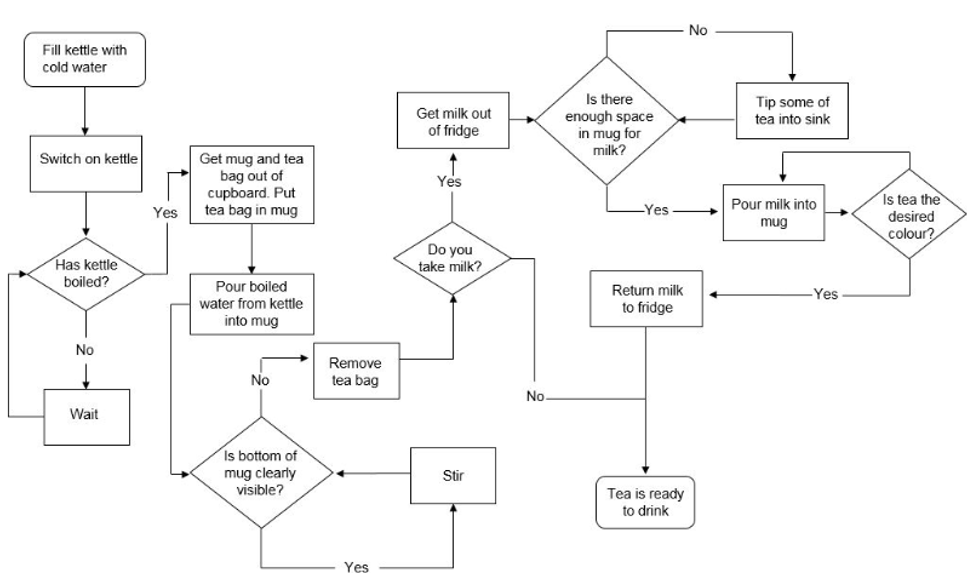Process Mapping
About process mapping
Understanding the specific processes and workflows within mental health and substance use services will be a useful exercise to identify issues within your system. Process mapping can be used to help visualise a current or proposed pathway, enabling everyone involved in the different steps of the journey to see the overall picture of a patient pathway and better understand the patient's journey. Mapping the journey can bring to light different perspective on where service changes could be made and generates insights. You may want to map your current pathways for people who have co-occurring needs to identify where there are areas for improvement such as referrals between services, opportunities for collaboration, access, discharge and disengagement from services, third sector support, etc. Process mapping works best as a collaborative group exercise. The QI Zone has tips and guidance on facilitation on how to get the best from this exercise.

Supporting your protocol development – how you might use this tool:
When looking at adapting and implementing a local mental health and substance use protocol, this tool can assist with:
- Capturing and visually representing all the steps in an existing process.
- Illustrating to teams what happens in practice rather than what they think happens.
- Identifying bottlenecks, duplication and steps that do not add value.
- Highlighting resources and impact.
- Identifying areas for improvement.
- Visually representing new processes.
- Assisting team building and strengthening team relationships.
Planning your workshops
You may need several sessions to complete your project charter to the necessary detail. These could be done virtually or in-person. Consideration will be needed from your team to identify which method of engagement will work best, or if a combination of approaches will best suit your needs. Resources from our Community Engagement colleagues on engaging differently will be useful in considering what will work best for you. The resources section has further tools and guidance to support your planning.
What you need to do before
- Decide who needs to be involved in the session. Process mapping works best when done as a group exercise. You will need a range of people who understand how current process work in practice.
- Ensure that everyone is clear on the purpose of the session. Sharing an agenda or session structure in advance may assist.
What you will need for the session
- If a remote session is planned, a platform that allows for the sharing of virtual ‘post-it’ such as JamBoard or Miro.
- If an in-person session is planned, appropriate resources so that process map can be done visually, i.e. post it notes, flip charts or wall charts.
- Prior agreement on the first and last steps of the process.

Who should be involved
- Staff from across the whole system.
- Staff who understand how the process works now.
What to do after the session
- Share outputs and ensure there is agreement.
- Use completed process maps in developing driver diagram and change ideas.
